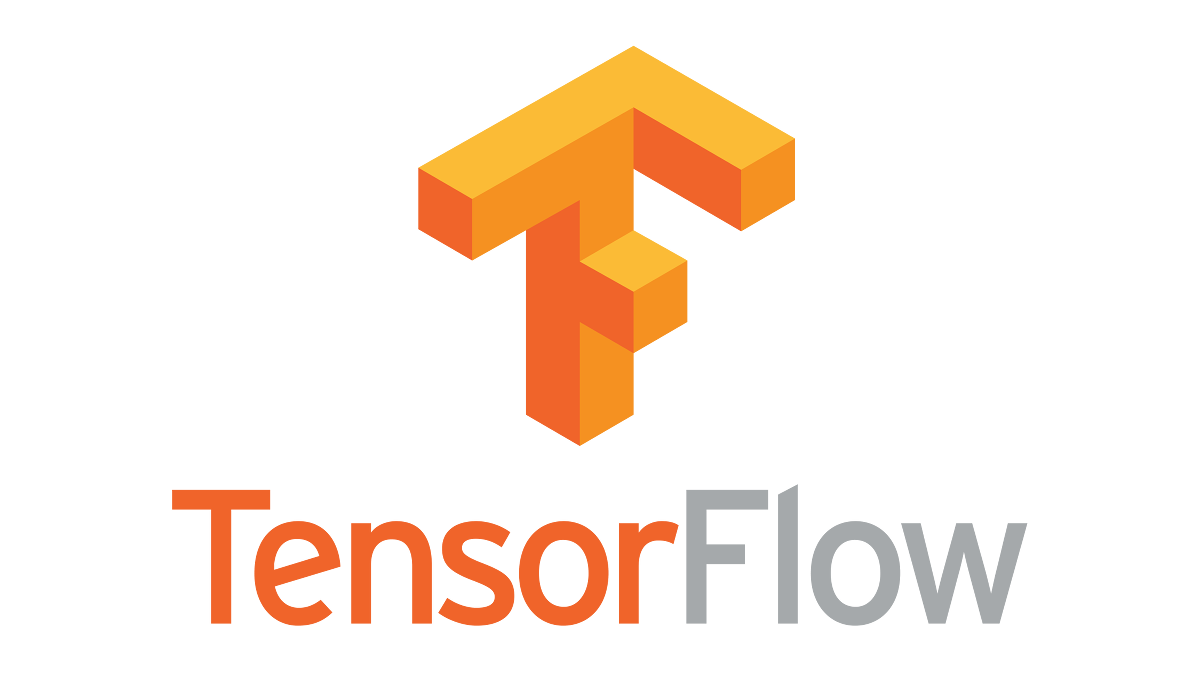
Seismic Image Resolution Enhancement
Energy & UtilitiesBusiness Impacts
48 to 7
Hour reduction in training time
Inference in Minutes
SSIM>0.9
Improvement in model accuracy
Customer Key Facts
- Location : North America
- Industry : Oil & Energy
Problem Context
The customer conducts highly expensive geological surveys for oil exploration and had been facing problems in decision-making due to blurry and bad quality imaging. Their research team had an existing GAN-based machine learning model on-premise that demonstrated promising results for 2D images and 3D volumes.
Although they encountered a few bottlenecks when trying to improve the model convergence and performance, finalizing exploration sites based on the low resolution image continued to pose a risk as billions of dollars could be wasted. Therefore, their research team wanted a solution for Super Resolution of low resolution seismic 2D images and 3D volumes, which in turn would allow Geologists make better informed decisions.
Challenges
- Highly expensive geological surveys with low-resolution seismic images
- Dataset availability
- Metric for evaluation
- Domain-specific knowledge requirement

Technologies Used

GitLab

Python

Google Cloud Platform

TensorFlow
Providing a Generative Model to Augment the Resolution and Quality of 2D and 3D Seismic Volume Images
Solution
Quantiphi implemented state-of-the-art SR-GAN and Conditional SR-GAN architectures to reconstruct both 2D seismic images and 3D seismic images on Cloud Machine Learning Engine (CMLE) platform. By leveraging hyperparameter tuning in CMLE, an extra 5 to 10 percent performance improvement was achieved. Overall, this solution acheived Structural Similarity Indexes (SSIM) of 0.9 for both 2D and 3D seismic images; equipping the client's research team with a modular training and serving pipeline to enhance their seismic images quality for faster and more accurate analysis.
Result
- Reduced the risk of uncertainty
- Faster analysis of seismic imaging
- Improved image quality without losing the data present on the image



